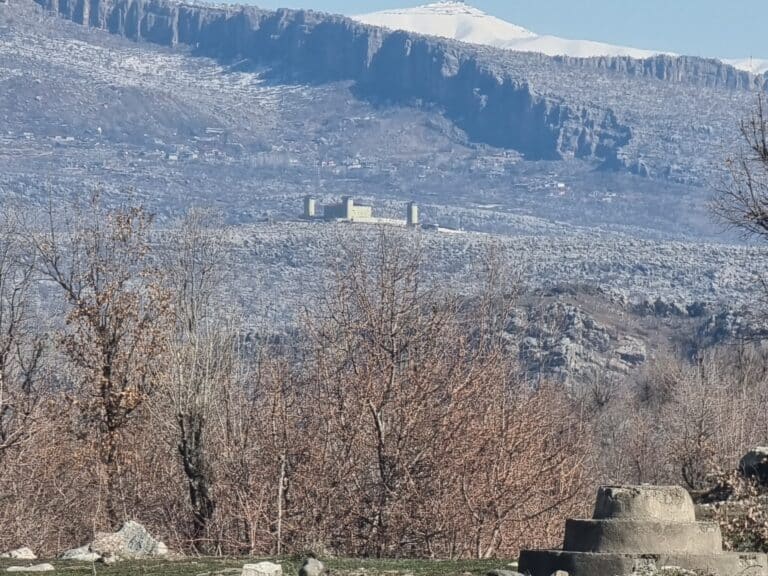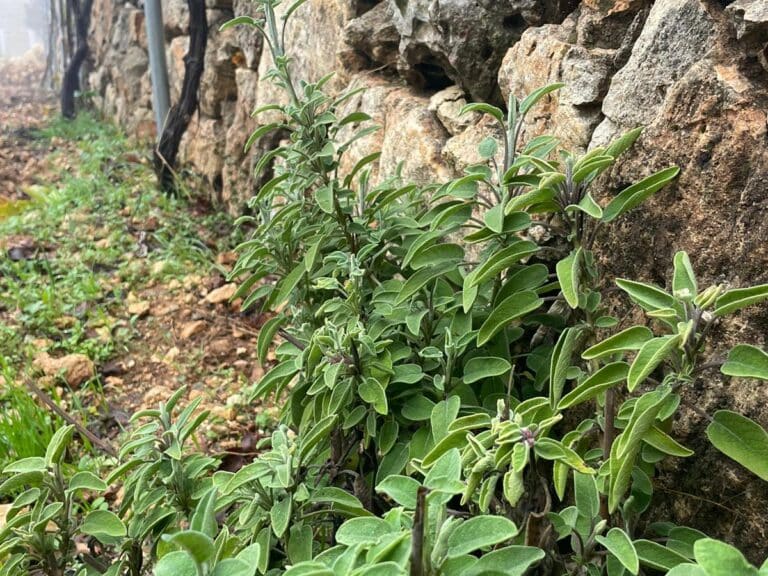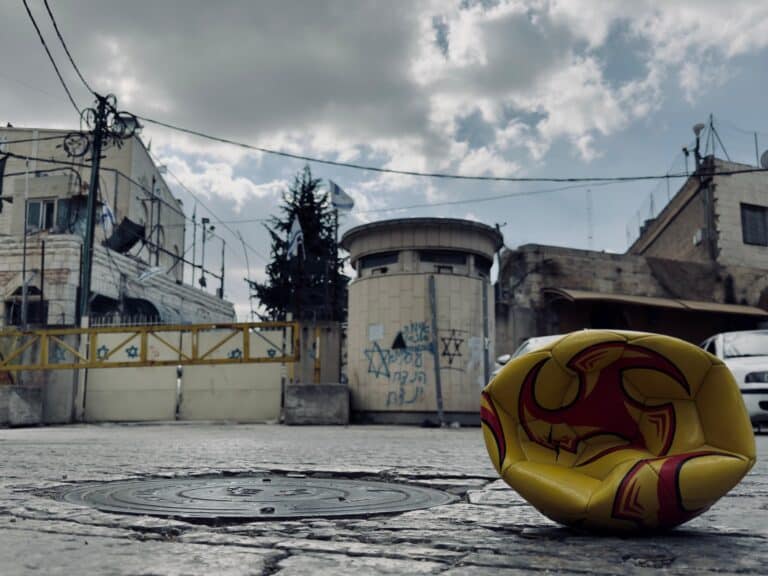CPTnet
19 February 2016
COLOMBIA: The Northeast Trail–a travel blog
 In October 2015 two CPTers traveled with our partners
In October 2015 two CPTers traveled with our partners
CAHUCOPANA across the Northeast region of Antioquia on a nine-day tour,
immersing ourselves CAHUCOPANA’s rigorous daily schedule of workshops,
meetings, and lots of travel. The ‘Northeast’, as they refer to it, is a region
rich in resources and biodiversity where rolling hills of untouched jungle give
way to small communities etched into the landscape, often only accessible by
mule or on foot. Unfortunately the region also has a history of displacement
and human rights abuses, because the state does not involve itself in the
region. One of CAHUCOPANA’s initiatives in response to this abandonment is
the fomentation of women’s activism in the region, by the name of Women’s
Humanitarian Action Committees. Luna and Carlos, CAHUCOPANA field workers
in the Remedios municipality and our guides for the week, travel regularly from
village to village supporting and organizing the communities in their struggle
for justice. Our objective was to participate in several monthly
committee meetings, listening and learning from the women of Northeast
Antioquia.
To enter the region we left from Barrancabermeja, crossing
the Magdalena River into the province of Antioquia. From the neighbouring
town of Yondó, we rode in a dusty 4×4 Toyota truck, packed to the
roof with soap, laundry detergent, eggs, bread and packs of soda pop, bouncing
over a red dirt road pocked with deep scars, evidence of a recent heavy rain.
The truck and its driver make this four-hour trip once a
day, from Yondó to La Cooperativa bringing in goods and supplies for the
community, and the following day he will make the trip back out to Yondó with
new grocery lists and the occasional sick or injured. This community
sponsored transportation system runs Monday to Friday.
The road ends when it meets up with the Ité River, where all
goods must be crossed over to the village of La Cooperativa by canoe.
During the rainy season, sometimes the road is only accessible up until
San Pacho, where one must take a motorized canoe, or “Johnson,” for an hour up
the Ité River. The efforts taken for the first leg of our journey create
a window into the realities of the region of Northeast Antioquia – a remoteness
that lends itself to a fantastic display of fauna and flora and a remarkable
strength and unity among Colombian campesinos working together in the face of
complete state abandonment.
Follow an account of the CPTers’ trip through the region with their guides over
the next nine days on the team blog, and you will understand why transportation for
the Colombia team is one of its primary expenses, or you can read the Colombia team’s pitch below!
|
|
|




